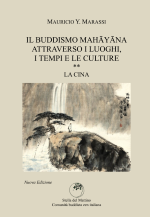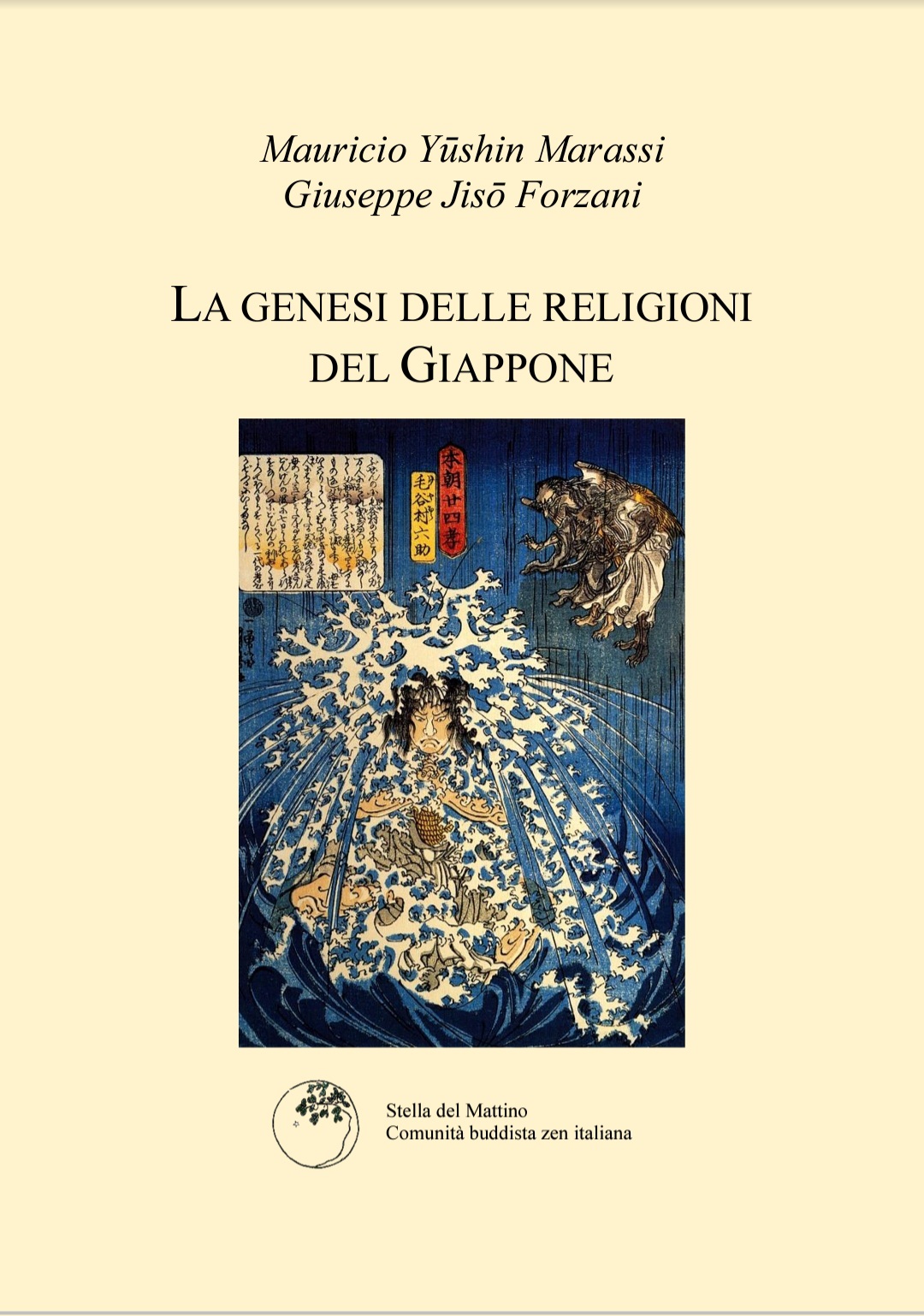The Bridgeless Bridge – Spring 1999
Greetings from Shohaku Okumura
Dear practitioners and friends: In February at Kojin-an Zendo during Buddha’s Parinirvana sesshin, I talked on the following poem written by Uchiyama Roshi.
“Samadhi of the Treasury of the Radiant Light”
Though poor, never poor.
Though sick, never sick.
Though aging, never aging.
Though dying, never dying.
Reality prior to division;
Herein lies unlimited depth.
This is a concluding poem in his collection of seven poems about life-and-death. I think this poem expresses the essential meaning of Buddha’s awakening and entry into Nirvana.
I gave two lectures on Uchiyama Roshi’s collection of lifeand- death poems at Iowa City Zen Center in March during a weekend sesshin. The sesshin was held on March 13 and 14. Because March 13 was the day Uchiyama Roshi passed away in 1998, I thought of it as a memorial sesshin for my teacher, and I thought that these poems were suitable for that occasion. I felt two lectures were not enough, so I gave three talks on the same poems in Pittsburgh in April, and still I was not satisfied. I gave five talks at the Southern Dharma Retreat Center during the sesshin I had in April. Finally, I felt that was enough for now.
As Dogen Zenji said in Shobogenzo Shoji (Life-and- Death), to clarify life and death is the most vital matter for all Buddhist practitioners. According to his biography, Shakyamuni Buddha saw an aged person, a sick person, and a dying person when he walked out of his palace. That experience made him give up the throne and leave his palace to become a religious practitioner in order to become free from the suffering caused by life and death (birth, aging, sickness and dying). According to Buddhist sutras, when he attained enlightenment and became a Buddha (Awakened One), he was completely released from life-and-death (samsara) and entered Nirvana. And yet, according to the Parinibbana Sutra, when he was entering Nirvana, he was aged, sick, and dying in the same way as the people the Buddha saw when he was young. The Buddha was still subject to aging, sickness, and death, and he died as all human beings die.
| « Summary | Part II » |
Se volete, lasciate un commento.
You must be logged in to post a comment.







